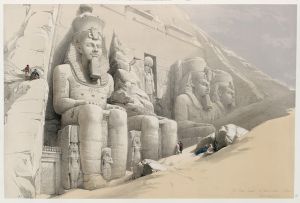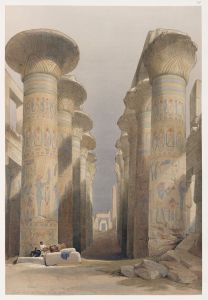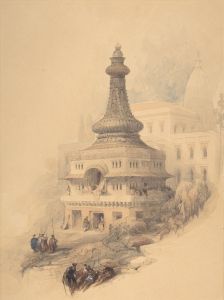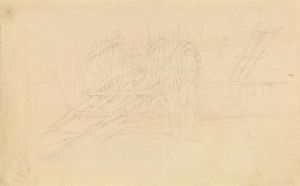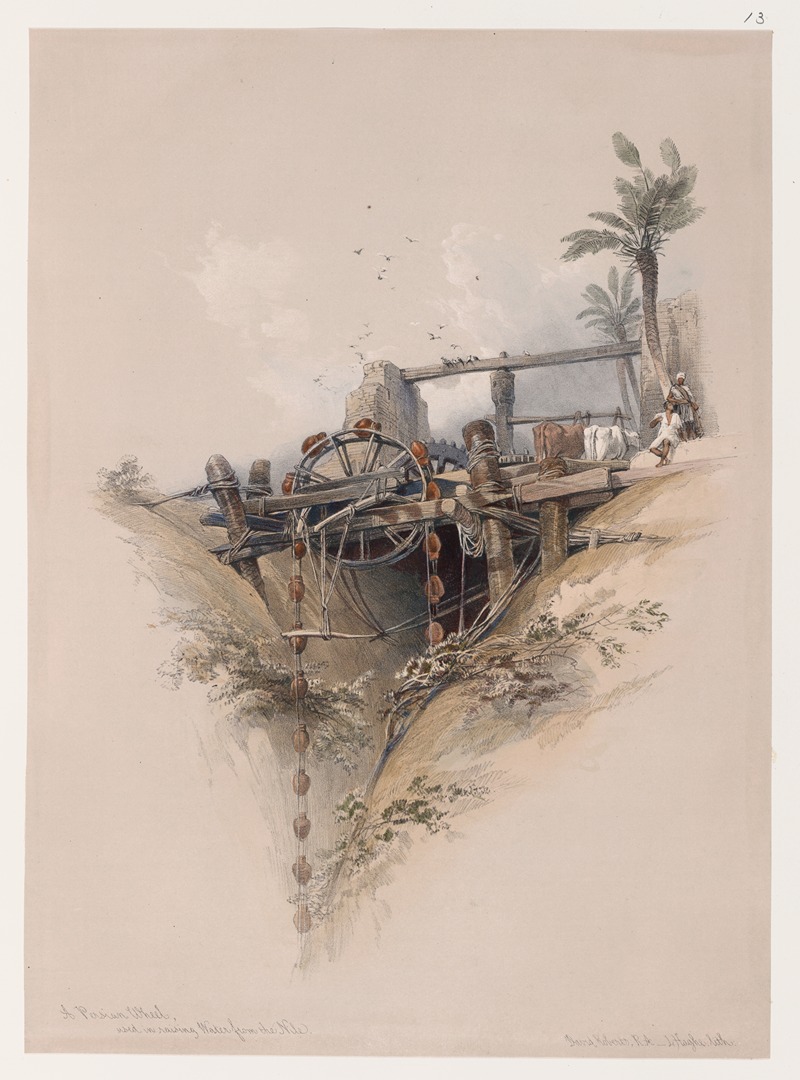
A Persian wheel, used in raising water from the Nile.
A hand-painted replica of David Roberts’s masterpiece A Persian wheel, used in raising water from the Nile., meticulously crafted by professional artists to capture the true essence of the original. Each piece is created with museum-quality canvas and rare mineral pigments, carefully painted by experienced artists with delicate brushstrokes and rich, layered colors to perfectly recreate the texture of the original artwork. Unlike machine-printed reproductions, this hand-painted version brings the painting to life, infused with the artist’s emotions and skill in every stroke. Whether for personal collection or home decoration, it instantly elevates the artistic atmosphere of any space.
David Roberts (1796–1864) was a Scottish painter renowned for his detailed and accurate depictions of architectural and historical scenes, particularly in the Middle East and North Africa. One of his works, A Persian wheel, used in raising water from the Nile, is a lithograph that forms part of his larger series of illustrations documenting his travels in Egypt and the surrounding regions during the 19th century. This artwork is included in his monumental publication The Holy Land, Syria, Idumea, Arabia, Egypt, and Nubia, which was published between 1842 and 1849.
The lithograph depicts a Persian wheel, also known as a sakia, an ancient irrigation device used to lift water from rivers or wells for agricultural purposes. The sakia is powered by animal labor, typically oxen or donkeys, which turn a horizontal wheel connected to a vertical wheel with attached clay pots or buckets. As the wheel rotates, the buckets scoop water from the river and empty it into a trough or canal, enabling irrigation of nearby fields. This technology has been used for centuries in regions dependent on river systems, such as the Nile in Egypt.
Roberts created this image during his travels in Egypt in 1838–1839, a journey that was part of his broader exploration of the Middle East. He was one of the first European artists to extensively document the region, and his works are valued for their combination of artistic skill and historical accuracy. Roberts worked with lithographer Louis Haghe to produce the final prints, which were widely celebrated for their vivid detail and ability to capture the essence of the landscapes and daily life of the areas he visited.
The scene in A Persian wheel, used in raising water from the Nile reflects Roberts' interest in the practical and cultural aspects of life along the Nile River. It provides a glimpse into the agricultural practices of the time, showcasing the ingenuity of ancient irrigation methods that were still in use during the 19th century. The artwork is not only a testament to Roberts' artistic talent but also serves as a historical record of a traditional technology that played a crucial role in sustaining communities along the Nile.
Roberts' works, including this lithograph, were highly influential in shaping European perceptions of the Middle East and North Africa during the 19th century. His detailed and respectful representations of the region's landscapes, architecture, and daily life contributed to a greater understanding of its cultural and historical significance.





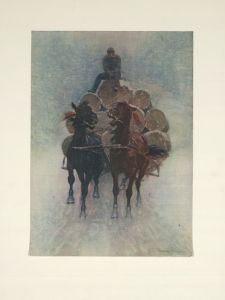
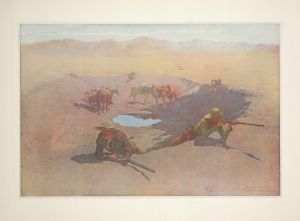
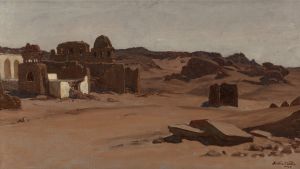
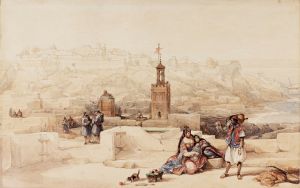
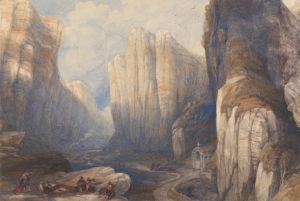
![Karnac [Karnak]. Nov. 29th, 1838.](/imgs/217502/s/david-roberts-karnac-karnak-nov-29th-1838-8df2346d.jpg)
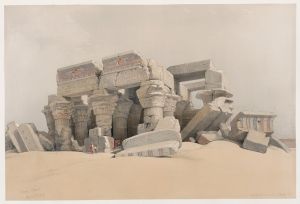
![Medinet Abou [Medinet Habu], Thebes. Dec. 5th, 1832.](/imgs/217510/s/david-roberts-medinet-abou-medinet-habu-thebes-dec-5th-1832-9c2109da.jpg)
![One of two colossal statues of Rameses [sic] II. Entrance to the Temple at Luxor.](/imgs/217522/s/david-roberts-one-of-two-colossal-statues-of-rameses-sic-ii-entrance-to-the-temple-at-luxor-473c42e1.jpg)
![Temple of Kalabshee [Kalabsha, Kalâbishah], Nubia. Nov. 1838.](/imgs/217548/s/david-roberts-temple-of-kalabshee-kalabsha-kalabishah-nubia-nov-1838-be0ac440.jpg)
